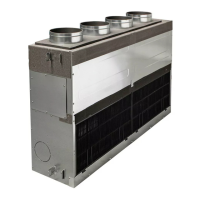How to fix duplicated indoor addresses on a Toshiba RAV-SM806KRT-E Air Conditioner?
- BbarretttimothySep 7, 2025
If your Toshiba Air Conditioner displays duplicated indoor addresses, it is due to an indoor address setting error. Resolve the indoor address setting to fix this issue.




